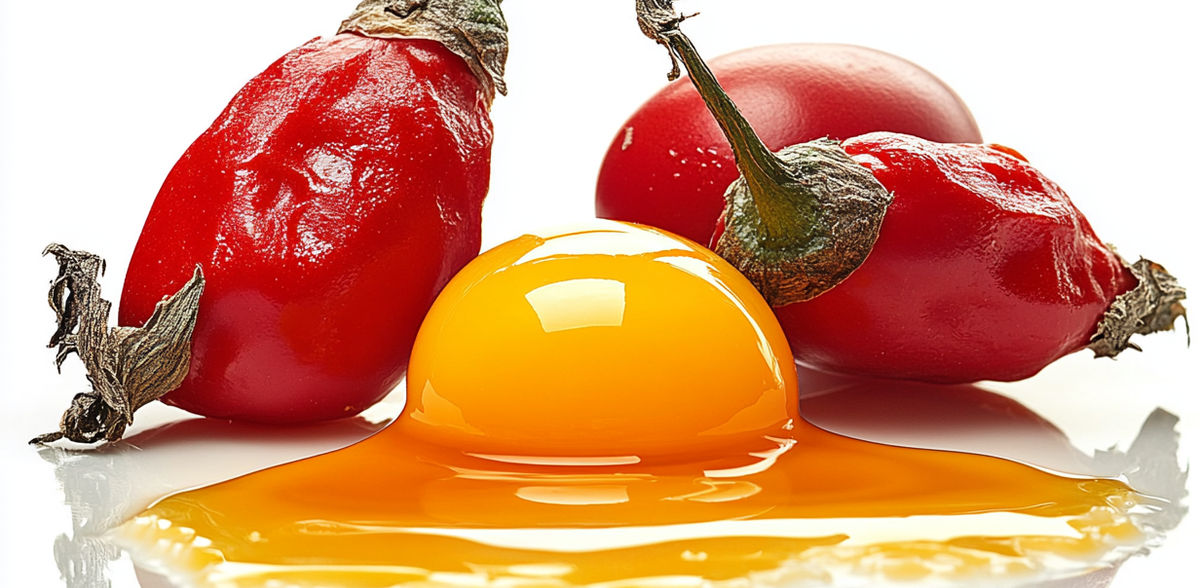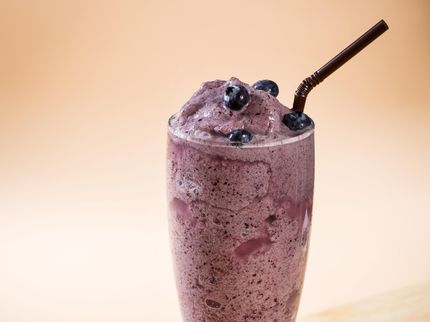Harnessing egg yolk power: A new approach to paprika oleoresin stability
Advertisement
Paprika oleoresin (PO), extracted from chili peppers, is renowned for its vibrant color and beneficial health properties, such as antioxidant and anti-inflammatory effects. However, its lipophilic nature and sensitivity to factors like oxygen, heat, and light restrict its use in water-based foods. While previous approaches, including emulsions and liposomes, have aimed to improve PO’s stability, the results have been limited. These persistent challenges underscore the need for new stabilization methods for PO.

This figure illustrates the effects of high-pressure homogenization (HPH) on egg yolk low-density lipoprotein (LDL) used for stabilizing paprika oleoresin (PO). The structural analysis (left) shows protein integrity and secondary structure changes of LDL under different HPH pressures. The central images compare the morphology and appearance of untreated LDL and HPH-treated LDL (LDL-H100). The right section presents property evaluations, including turbidity, particle size, and ζ-potential, demonstrating improved stability with increasing HPH pressure. The bottom section displays load characteristics, highlighting the reduced floating rate and enhanced encapsulation efficiency (EE) of PO with HPH-treated LDL, underscoring the technique's potential to improve PO stability and application in aqueous environments.
Jinqiu Wang, Chengdu University, China
The study (DOI: 10.26599/FSAP.2024.9240064), led by scientists from Chengdu University and Huazhong Agricultural University, was published in the journal Food Science of Animal Products on August 23. The research utilized high-pressure homogenization (HPH) to restructure low-density lipoprotein (LDL) from egg yolk, producing a stable aqueous PO solution. By examining microstructure, particle size, encapsulation efficiency, and stability under various conditions, the study confirmed that HPH significantly enhances PO's solubility and stability, offering a greener, safer method of utilizing LDL as a bioactive carrier.
The researchers found that HPH at 100 MPa for 10 cycles decreased the average particle size of the LDL-PO complex by 37.2% and improved encapsulation efficiency by 9.2%. Stability assessments showed notable enhancements in storage, thermal, and UV irradiation resistance, with stability rates increasing from 30.83% to 62.90%, 64.42% to 76.97%, and 77.56% to 92.98%, respectively. Structural analysis revealed that HPH promotes better interaction between LDL and PO, optimizing the dispersion and stability of PO in water without compromising the lipoprotein’s structure.
“The innovative use of HPH to remodel LDL represents a significant advance in the stabilization of natural pigments like PO,” stated Dr. Jinqiu Wang, the study’s lead researcher. “This technique not only boosts LDL’s role as an effective carrier but also broadens the potential uses of natural colorants in various food products, marking a greener and safer approach to food processing.”
The study’s findings suggest that HPH could be extended to stabilize other fat-soluble bioactive compounds, enhancing their application in the food industry. This method offers a promising pathway toward more sustainable and efficient food production, leveraging LDL’s versatility as a carrier for diverse nutrients and active ingredients in aqueous solutions.
This study was supported by the National Natural Science Foundation of China (32072236), and Sichuan Innovation Team Project of National Modern Agricultural Industry Technology System (SCCXTD-2024-24).




























































